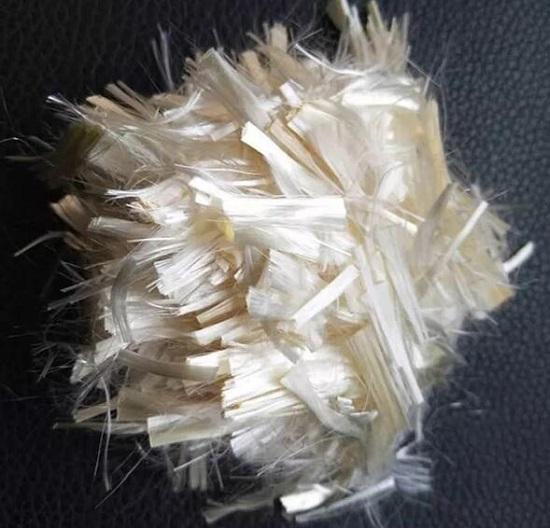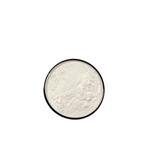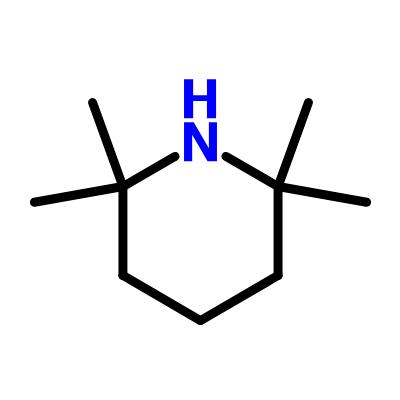What is Polyacrylonitrile?
Polyacrylonitrile (C3H3N)n, is a high molecular compound, which is obtained from monomer acrylonitrile through radical polymerization. The acrylonitrile units in the macromolecular chain are connected in a linker-to-tail manner. Mainly used to make polyacrylonitrile fiber (acrylic fiber), the strength is not high, and the abrasion resistance and fatigue resistance are also poor. The advantage of polyacrylonitrile fiber is that it has good weather resistance and solar resistance, and it can maintain 77% of its original strength after being placed outdoors for 18 months. It is also resistant to chemical reagents, especially inorganic acids, bleaching powder, hydrogen peroxide and general organic reagents.

Uses
Polyacrylonitrile fiber is widely used to replace wool, or blended with wool to make wool fabrics. It can replace some wool to make blankets and carpets. It can also be used as outdoor fabrics, such as ski coats, sails, military canvases, and tents.
Polyacrylonitrile hollow fiber membranes have the functions of dialysis, ultrafiltration, reverse osmosis and microfiltration, and can be used for medical appliances, artificial organs, ultrapure water production, sewage treatment and reuse, etc.
Ordinary acrylic fibers with the lowest possible comonomer content can be pre-oxidized and carbonized to obtain 1000℃ high temperature resistant carbon fibers with a carbon content of about 93%.
Polyacrylonitrile is mainly used to make synthetic fibers (such as acrylic). Synthetic fiber imitated with high-molecular polymer copolymerized with more than 85% acrylonitrile and other second and third monomers. The Chinese trade name of polyacrylonitrile fiber. Commonly known as artificial wool. DuPont of the United States successfully developed pure polyacrylonitrile fiber (trade name Aulon) in the 1940s. Due to difficulty in dyeing and easy fibrillation, it has not been put into industrial production. Later, on the basis of improving the imitability of the polymer and the dyeability of the fiber, the acrylic fiber was able to realize industrial production. Various countries have different trade names. For example, the United States has Auron, Akrelilon, Krislon, and Zeflon, the United Kingdom has Kotel, and Japan has Mao Lilong, Cashmere, Ikslan, Besslan and so on. The density of acrylic fiber is generally 1.16~1.18 g/cm3, and the standard moisture regain is 1.0%~2.5%. The fiber is characterized by good bulkiness and warmth retention, soft hand feeling, and has good weather resistance, mildew and moth resistance. Mainly used as man-made fibers, commonly known as man-made wool; making wool, knitted fabrics (pure spinning or blended with wool) and woven fabrics, especially suitable for interior decoration fabrics, such as curtains. In materials science, polyacrylonitrile is often used as a matrix to synthesize porous materials, such as PAN-based activated carbon.
It can also be used for the electrolyte polymer matrix of lithium ion polymer batteries. The ion conductivity is high, which can reach 10, and the migration number of lithium ions is also greater than that of PEO series, which can reach 0.5, but there are strong polar groups on the PAN chain- CN, poor compatibility with lithium electrodes, and serious passivation.
Related articles And Qustion
Lastest Price from Polyacrylonitrile manufacturers

US $6.00/kg2025-04-21
- CAS:
- 25014-41-9
- Min. Order:
- 1kg
- Purity:
- 99%
- Supply Ability:
- 2000KG/Month

US $0.00-0.00/KG2025-04-15
- CAS:
- 25014-41-9
- Min. Order:
- 1KG
- Purity:
- 99%
- Supply Ability:
- 500000kg


